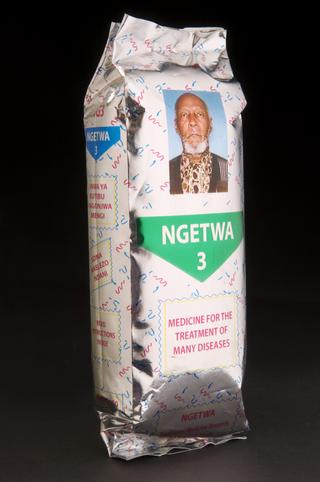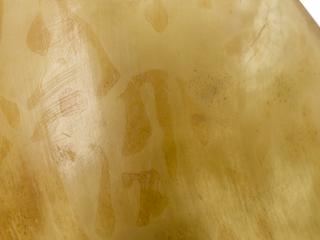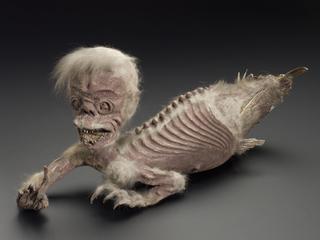

Dried frog in silk bag, amuletic, used to cure fits, from South Devon, English, 1901-1930
The growing influence of biomedicine in the 1800s did not necessarily replace established forms of treatment based on belief and superstition. What could be referred to as folk medicine – customs that often went back generations – continued to be practised. For example, this dried frog carried in a silk bag was used to prevent fits. Alternatively, another amulet against fits involved wearing a live toad in a bag. Live frogs and toads were also bound on to wounds to help them heal and were placed on the throats of children with whooping cough. The dried frog was purchased in 1930 from Edward Lovett’s (1852-1933) collection of British amulets and charms. Lovett was interested in folk remedies nearly all his life and began collecting from the age of eight.
Details
- Category:
- Ethnography and Folk Medicine
- Collection:
- Sir Henry Wellcome's Museum Collection
- Object Number:
- A659966
- Materials:
- organic material, bag, silk and cotton
- Measurements:
-
frog: 38 mm x 76 mm x 48 mm, .015 kg
bag: 7 mm x 93 mm x 105 mm, .006 kg
- type:
- amulet and amphibian remains




